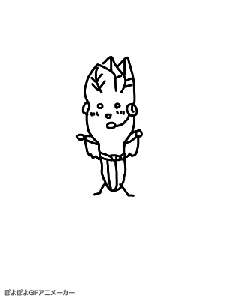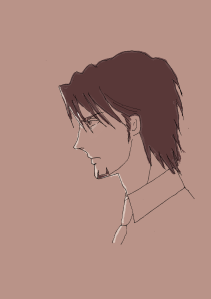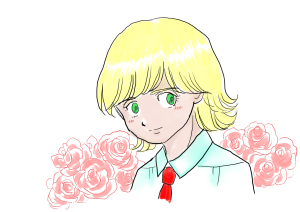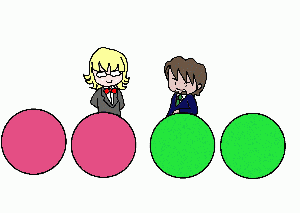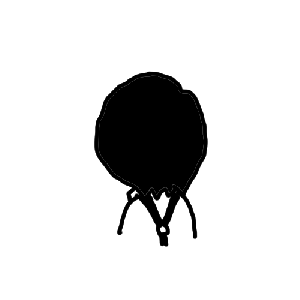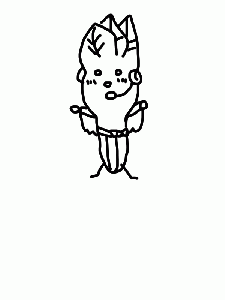Section1
( ) 2007, the Hawaiian canoe Hokule’a and another boat Kama Hele sailed from Hawaii (はるばる~まで 4語) Japan. Uchino Kanako was a crew member. (~はここにある 2語) her story.
I have loved the sea.(alwaysを正しい位置に入れる). When I was in college, I visited Miyake-jima ( ) a friend ( ) mine. I explored the ocean and fell ( ) love ( ) its beauty. (~以来ずっと 2語) this visit, I have really (be) interested ( ) the sea.
[knew/ I/ to/ more/ had/ I/ about/ the/ learn/ sea], but I didn’t know [①where ②what ③when] I could study. And then I found a book ( ) Nainoa Thompson and the Hokule’a. I read about [どのようにしてこのハワイネイティブのひとが、師匠であるSatawalのMau Piailugから伝統的な航行の技術を学んだのか]. I also learned that the Hokule’a (successful) sailed ( ) Hawaii ( ) Tahiti in 1976 by (use) traditional navigation.
I became very interested in the ancient skills [①needing ②needed] to navigate across the ocean. I (決心した 4語) to go to Hawaii, and to take a look at the Hokule’a (自分の目で 4語).
Section2
( ) I finished college, I went to Hawaii to study ocean ecology ( ) the University of Hawaii.
I went to see the Hokule’a. She was back ( ) a long voyage. I began to participate ( ) repairing the Hokule’a for the next voyage. I trained to be part of the crew. I learned about traditional navigation and Hawaiian culture.
In 2007, the Hokule’a was planning a five-month voyage from Hawaii to Micronesia, and then to Japan. I felt [①honoring ②honor ③honored] when I was asked ( ) be a crew member ( ) the canoe from Micronesia to Japan.
In January 2007, the Hokule’a started ( ). On the 56th day, we arrived ( ) Satawal in Micronesia. People welcomed us (warm). They carried a sign (say), “Welcome to Satawal.”
Then we (~へ向かった 2語) Okinawa. We were able to see the Big Dipper. We could also see the Southern Cross. (Be) familiar ( ) the movement of about 220 stars was just one ( ) the skills which we needed. We also learned ( ) read the movement of the waves and changes ( ) wind direction. We were (~へ行く途中 4語) Okinawa, (slow) but steadily.
CROWN Lesson3
Section3
The crew members [①who ②which] were on the Hokule’a were busy. The most important job was (steer) the canoe. Three teams took turns. My team worked from 10 a.m. to 2p.m. The team [①steering ②steered] the canoe had to stay alert (いつも、四六時中 3語).
One night, the ocean was (exceptional) calm. The sea was ( ) quiet ( ) you could even see the reflection of the stars. I was the only one on deck, and I felt very (peace). I also felt very much [①connecting ②connected] to the great universe. I was on tiny person on a tiny canoe. But the fact is that I was part ( ) the whole.
After (leave) Micronesia, we traveled a distance of almost 2,000 kilometers. The stars and the sun and the waves guided us. ( ) we got near Okinawa, I felt that we were on big family.
It was morning. “Look! I can see something,” cried (~のうちのひとり 2語) the crew members. It was an island—Okinawa. But to me (その瞬間 3語), it was much more than an island. Land, water, people and other life in the middle of this vast ocean. It was (true) miracle.
Section4
( ) June 9, 2007, we reached Yokohama, the end ( ) our trip. ( ) I think about the voyage, I have a (deep) appreciation ( ) our relationship with nature.
[navigation/ teaches/ see/ us/ how/ traditional/ to/ nature]. It also teaches us that nature is providing (わたしたちが必要としているものすべて 3語). We have to learn how nature works (~のために 3語) receive its gifts.
The Hawaiians say: “A canoe is and island, and an island is a canoe.” We can also think ( ) our planet Earth ( ) a canoe in the vast universe. What are we doing with “our canoe”? What do we value? Where do we want to go? What is our role ( ) crew members ( ) our canoe? After the voyage to Japan, the Hokule’a set sail to go around the world in 2014 to raise these questions.
We are all part ( ) nature. We can learn to work together with nature [わたしたちのカヌーである地球をより美しく、また全ての生き物にとって調和した場所とするために].




